8. Now, Voyager (1942)
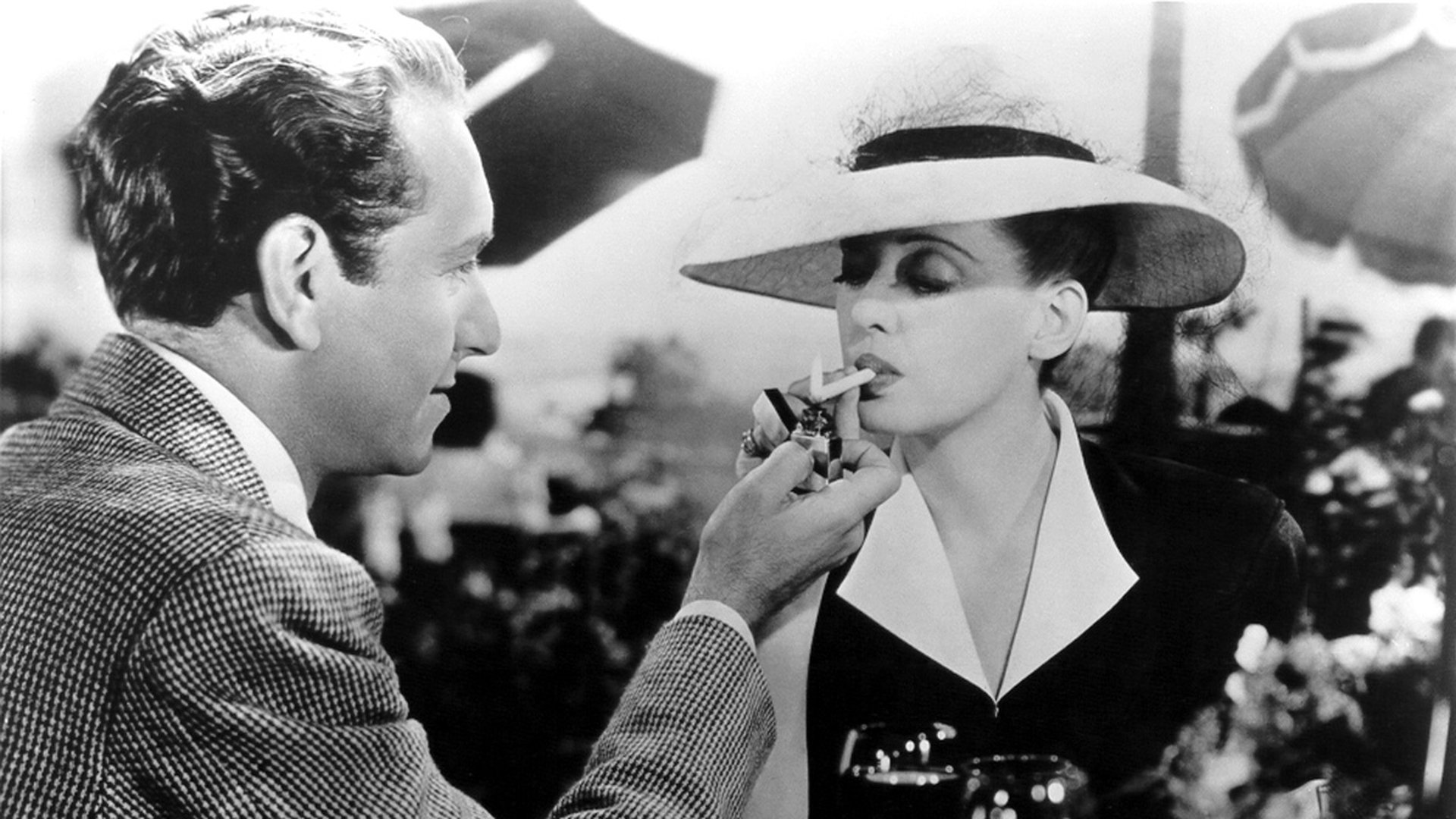
One of the best examples of the type of over-the-top love stories Classic Hollywood became famous for Now, Voyager finds Davis as Charlotte Vale, an unattractive spinster repressed by her overbearing wealthy mother. With the help of a psychiatrist Dr. Jaquith (Claude Rains), Charlotte blossoms into a sophisticated woman who becomes involved with a married man (Paul Henreid).
In another role that involves an outright metamorphosis, Davis is not only convincing, but downright brilliant, while managing to turn a fairy-tale-like character into a conceivable woman of her own time.
This was the single biggest box-office success of Davis’ career and it’s not hard to see why. All her scenes with Henreid carry a magical aura. The way the actor lights two cigarettes at once and shares one with Davis has become an iconic gesture cherished by Classic Film fans.
The dialogue the couple exchanges is the epitome of old-time romance, particularly the film’s last line which Davis made unforgettable in her distinct choppy speech “Oh, Jerry, don’t lest ask for the moon. We have the stars.”
9. Old Acquaintance (1943)
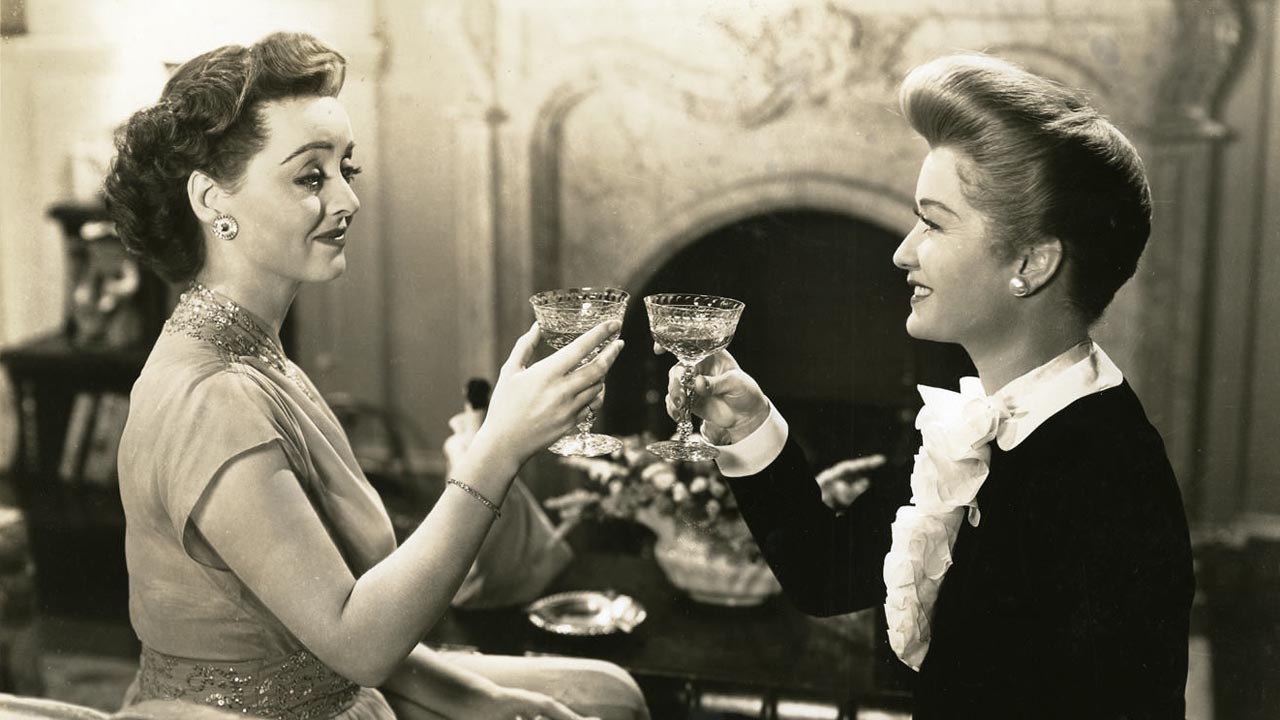
Bette Davis’ most famous feud in Hollywood was of course with Joan Crawford, but, in truth the most serious and less fabricated one happened to be with her two-time costar actress Miriam Hopkins. Their bickering reportedly included role (Jezebel) and husband (Anatole Litvak) stealing acts on Bette’s side, and by the time they made their first film together (The Old Maid) it was such a well-known rivalry in Hollywood, Warner actually had them pose in boxing gloves to promote the it.
Old Acquaintance tells of a complex friendship between two women. They go through it all: love affairs, professional envy and tantrums, but their companionship endures. Davis was most definitely not a discreet performer, but Hopkins certainly gave her a run for her money. They are pure joy to watch back-stabbing each other on the screen.
Their catty and vicious interaction climaxes in a confrontation scene where Davis shakes the life out of Hopkins. A particularly amusing moment that the actress admitted to having enjoyed very much shooting.
10. Mr. Skeffington (1944)
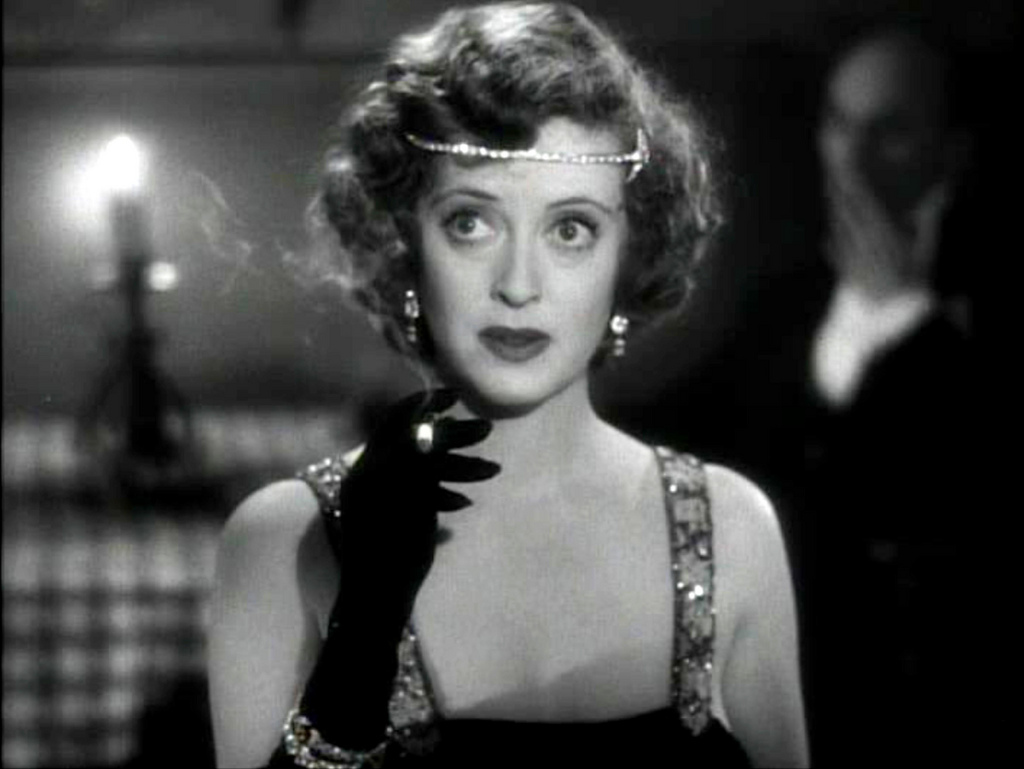
One of Warner’s most lavish period dramas from the 1940’s, Mr. Skeffington has Bette Davis sharing the spotlight with her favorite leading-man – Claude Rains.
At almost two and a half hours, the film stars off with the extremely popular Fanny Trellis (Davis) repeatedly breaking the hearts of her many suitors. She is then forced into a loveless marriage with Jewish banker Job Skeffington (Rains) in order to save her troubled brother from going to jail. The relationship is a rocky one from the start, they have a daughter, but it seems of little comfort in the face of unhappiness.
With the passing of time and her fading beauty, Fanny slowly goes from being a frivolous and vain creature to a mature woman aware of her misplaced values. She seeks redemption upon realizing that what her husband has been saying for years might actually be true: “A woman is beautiful only when she is loved”.
Davis scored the last of her Oscar nominations at Warner for this. By 1944, she had already mastered playing characters facing great physical and emotional changes throughout their trajectories. She is very theatrical and colorful, which works especially fine alongside Rains’ mostly restrained acting style.
11. All About Eve (1950)
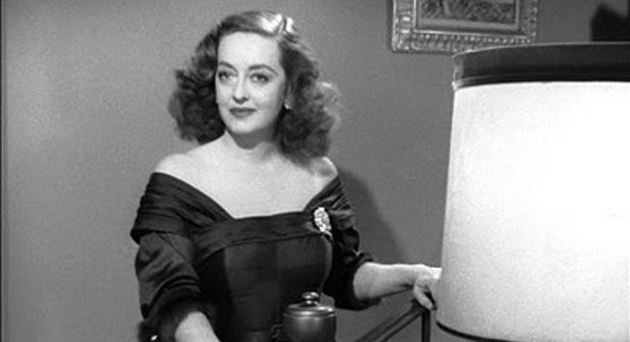
Bette Davis made the character of Margo Channing her own, so it’s actually hard to believe it was only by a stroke of luck the actress got the part – Claudette Colbert, who was originally cast as the Broadway diva, had to back out after suffering an injury.
Up to that point, Davis’ career had been on the rocks for a while. Years later, looking back to when director Joseph L. Mankiewicz chose her for the part, Davis bluntly commented: “He resurrected me from the dead.”
In All About Eve, Davis’ Channing is an accomplished theater star who sees her career jeopardized when aspiring young actress, Eve Harrington (Anne Baxter), manages to infiltrate her professional and personal life.
This six-Oscar winner presents an intelligent debate about ambition, success and aging in the spotlight and it’s often listed as one of the best screenplays ever written, but really, when one thinks of ‘Eve’ the first thing that comes to mind is not its masterful script or brilliant directing, but Bette Davis – quaffing another cocktail, standing on a staircase and saying “Fasten your seatbelts. It’s going to be a bumpy night”.
12. The Catered Affair (1956)
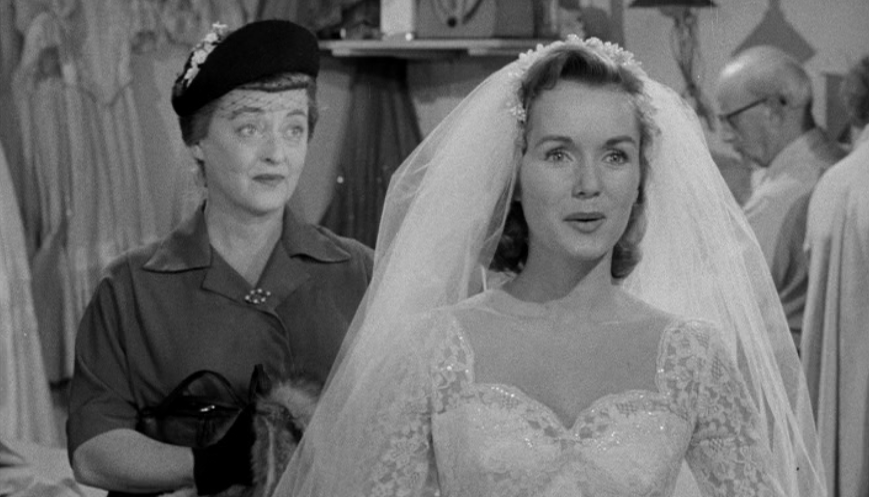
In an atypical role for her, Davis plays Agnes, the wife of a hard-working taxi driver (Ernest Borgnine) who, after years of saving, is close to making his dream of owning his own cab come true. Things get complicated when the couple’s daughter Jane (Debbie Reynolds) announces she’s going to get married and Davis sets her mind into giving her a big wedding, even though they simply cannot afford it.
Unaffected and completely unglamorized Davis is notably down-to-earth and far-removed from her Margo Channing-type characters. She gives a downplayed and genuine performance full of real emotion.
This realistic and memorable family drama was one of Davis’ personal favorites from her career and stands as a test to her versatility.
13. Whatever Happened to Baby Jane? (1962)
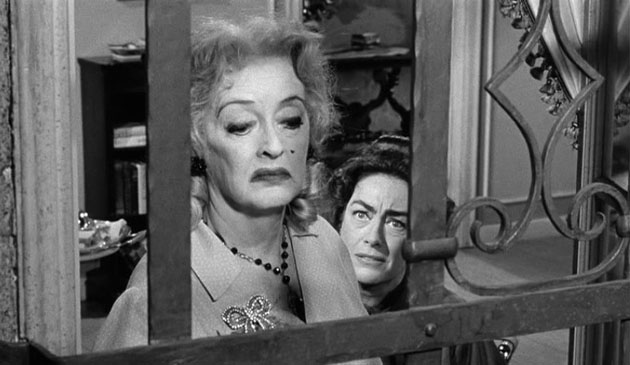
Bette Davis alleged feud with Joan Crawford had been the target of Hollywood gossip for decades when director Robert Aldrich had the idea to capitalize on the rivalry by bringing the two icons together on screen.
In their sole film together, Davis and Crawford play bickering sisters who were once famous on their own right. Jane (Davis) was a child star in vaudeville alongside her father, but Blanche (Crawford) was the one to find real fame as an acknowledged Hollywood actress. The movie finds Blanche confined to a wheelchair after an accident where her sister supposedly ran over her. She is completely controlled by Jane, who finds great amusement in tormenting her sister while slowly driving them both to insanity.
A psychological thriller with two of the most iconic figures of Hollywood’s Golden Age, the 1962 film B picture was nominated for five Oscars, including a final Best Actress nod for Davis who is absolutely over-the-top and hilariously insane on the screen. As for Crawford, who delivered an equally inspired performance, she was noticeably absent from the nominees list.
Davis did end up losing to Anne Bancroft, and in one of those real-life twists that could only happen in Tinseltown, no one other than Joan Crawford herself accepted the award in her behalf.
14. Dead Ringer (1964)
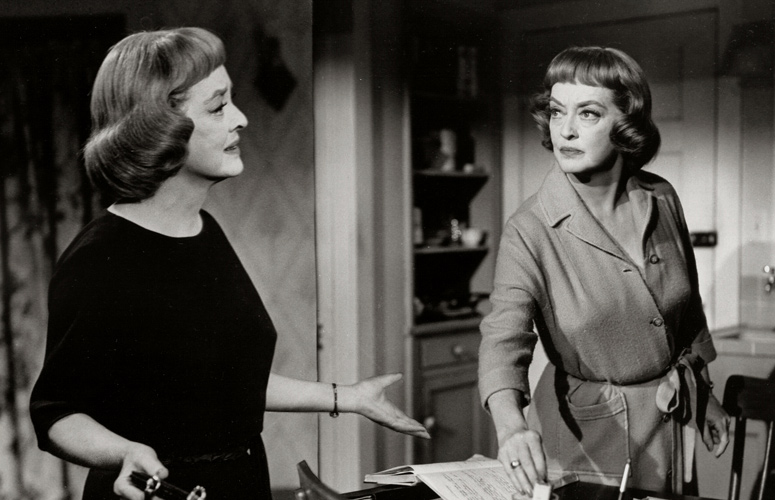
To many Old Hollywood fans the only thing better than seeing Bette Davis on the screen might just be getting a double dose of the actress on the same film. The dramatic thriller Dead Ringer offers just that.
Davis plays the old act of good twin versus bad twin to perfection. The working class sister is the evil one who murders her wealthy sibling out of revenge and promptly assumes her identity only to find herself in complicated circumstances.
She had already appeared in a film with a similar plot years before – A Stolen Life. But this one really gives Davis room to go completely overblown and wonderfully melodramatic.
Davis builds a complete and distinct set of mannerisms and delivery style for the two roles and its even greater to see her as one sister trying to impersonate the other. A must see for anyone who wants to know why she is cited among the greatest there ever were.
15. Hush, Hush Sweet Charlotte (1964)

After the success of “Whatever Happened to Baby Jane?” director Robert Aldrich wanted to reteam Davis and Crawford in a similar film as quickly as possible. During the shooting of Hush, Hush Sweet Charlotte Crawford started claiming she was sick and repeatedly checked into the hospital. Whether it’s unclear if the actress was really ill or if she simply couldn’t stand working with Davis again, she was eventually replaced by Davis’ long-time friend, actress Olivia de Havilland.
Davis plays the title character of Charlotte Hollis, an aged southern belle who lives secluded in her decaying Louisiana mansion, tormented by the confusing memories of the murder of her married lover 37 years back. Charlotte’s frail mental stability is put to test by the arrival of her distant cousin Miriam ( de Havilland), who might be there for reasons other than helping her problematic relative.
Davis goes all out as the plagued Charlotte. She is loud, mad and hilarious to watch; the exact opposite of the also brilliant de Haviland who starts off the film as a model of restraint. The supporting cast is hard to beat in the talents department: Joseph Cotten, Agnes Moorehead, Cecil Kellaway, Victor Buono, Mary Astor and Bruce Dern.
It’s especially fun to watch Moorehead’s interactions with Davis and de Havilland, the southern accents and manners are hyperbolic and the movie is an all-round perfect example of the so called “horror hag” subgenre.